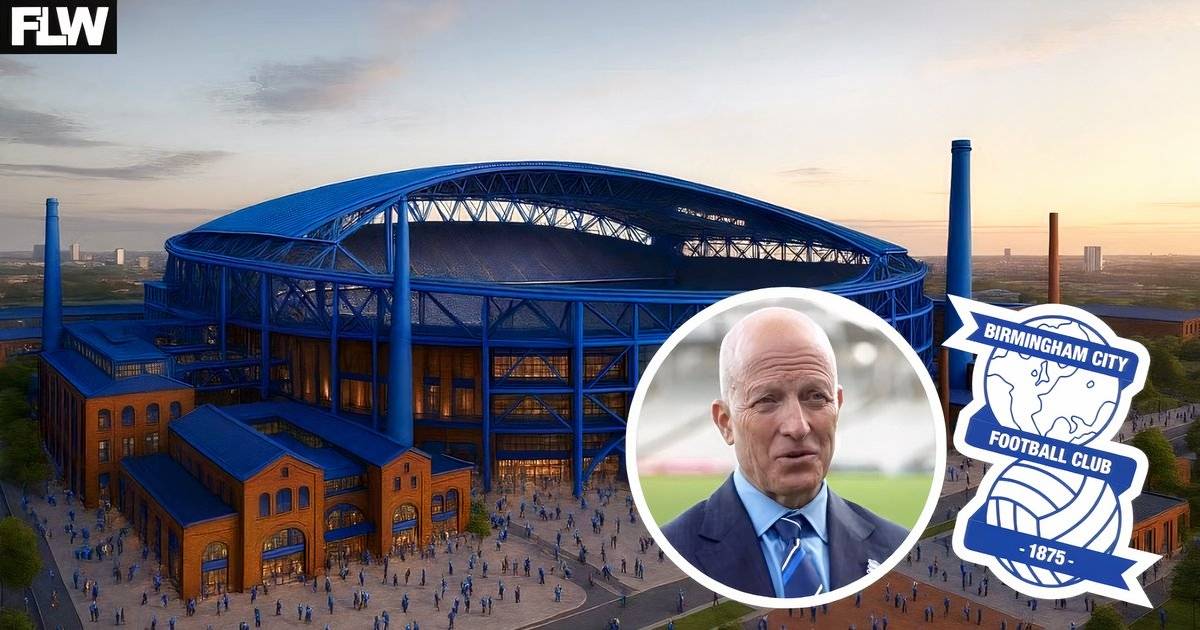
Headline24jam.com – Birmingham City Football Club recently announced ambitious plans for a new stadium, inspired by the industrial heritage of Birmingham. This initiative, involving a significant public investment, aims to transform the club’s home ground to better reflect the city’s historical identity while providing a modern experience for fans.
The planned stadium is set to have a capacity of 62,000, which would make it one of the largest in England, surpassing notable venues like Anfield and the Emirates Stadium. The club’s ownership, led by Tom Wagner, envisions a space that not only serves as a home for football matches but also reinforces the city’s cultural significance. The new stadium is expected to be completed by 2030, aligning with the club’s goal of returning to the Premier League.
Current Performance Challenges
Despite these exciting developments off the pitch, Birmingham City has struggled on the field this season. The team, which won promotion from League One last year, has yet to find its rhythm in the Championship. As of now, they sit in 15th place after a disappointing start, including a recent 1-0 loss at Bristol City. Such performances raise questions about the club’s immediate future and whether they can consistently attract the crowds needed to sustain the new stadium.
An Innovative Design Inspired by Heritage
The architectural firm chosen for the project, Heatherwick Studios, is known for its innovative designs. Collaborating with Birmingham native and “Peaky Blinders” creator Steven Knight, the stadium’s design will incorporate elements reflective of the city’s industrial past. Key features include large chimneys reminiscent of the famous Adams’ Soap Works Chimney, historically the tallest in the world. This blend of functional sports architecture with cultural motifs aims to create a landmark that honors Birmingham’s legacy.
Economic Impact and Club’s Vision
The estimated cost of the new stadium stands at around £3 billion, a figure that significantly exceeds recent major stadium projects in England. For context, the construction of Tottenham’s stadium cost approximately £1 billion, yet Birmingham City is aiming for a structure that represents an advanced increase in sporting facilities and fan engagement.
By creating a venue that melds national and local identities, the club hopes to generate increased interest and attendance. Current average attendance figures at St Andrew’s are underwhelming, prompting the need for a larger, state-of-the-art venue to engage both local and international fans.
The Role of Community Engagement
Engaging with local communities will be crucial for the stadium’s success. A strong link between Birmingham City and the city itself can help solidify the club’s identity and enhance loyalty among fans. By involving local stakeholders in planning and discussing the infrastructure surrounding the stadium, the club aims to create a venue that serves not just for football, but as a community hub that can host various events.
Timeline and Future Prospects
While the club aspires to complete the new stadium by 2030, there’s a recognition that achieving Premier League football is essential for financial viability. As Birmingham City continues to face challenges on the pitch, there’s a concerted effort by the owners to balance present issues with future ambitions. The economic model predicts a significant increase in attendance, necessitating a shift in competitiveness.
The current landscape suggests that time is on Birmingham City’s side. With four years left to leverage their plans, significant improvements in on-field performance and community integration are necessary. Successful execution of these plans could mark a turning point, aligning the historical significance and future aspirations of Birmingham City Football Club.
Conclusion
As the club forges ahead with these ambitious plans, the integration of Birmingham’s rich industrial heritage into the new stadium design reflects not only the club’s aims but also a deeper understanding of community identity. It underscores a commitment to not just developing sports infrastructure, but also enhancing the cultural fabric of Birmingham. Whether the club can secure Premier League status to support this visionary project remains to be seen, but the potential for a new beginning exists on the horizon.
Headline SEO (H1)
Birmingham City Announces Ambitious Stadium Project Embracing Heritage
Meta description
Birmingham City reveals plans for a 62,000-capacity stadium by 2030, blending industrial heritage with modern design.




